Establishing the baseline for efficacy testing of photoprotection and/or restorative effects on ex vivo human hair.
Establishing a baseline for in vitro efficacy testing of photodamage on human hair is a key requirement in order to design tailored studies and efficiently predict performance without using human volunteers. Performing such a study in standardized laboratory conditions, while removing many confounding factors linked to behavior, metabolism or the environment, can provide a more reliable testing benchmark. In order to do so, sunlight simulations that mimic the exact proportions of outdoor conditions, and include all UV and visible wavelength contributing to the effect, are required. Using two possible sources of hair, baseline tensile strength and UV-VIS dose response can be established in order to provide the basis for complex and tailored in vitro studies. Sample size relative to the expected efficacy of a product can also be more easily determined.
By testing different type of hair in response to repeated UV-VIS exposure, the role of hair color, hair shaft thickness and conditions affecting repeatability were determined. Some variables, such a hair color, were observed to have a lesser impact that originally predicted. Irradiation doses required in order to determine a reliable, statistically significant damage on hair shafts were indeed found to be functionally independent from hair color, baseline hair shaft resistance and geographical source of the hair.
The amount of direct damage caused by UV exposure was observed to be lower than expected and to require higher doses than would be expected according to preexisting testing protocols. The observed dose/response is however more compatible with reported real-life conditions.

About the author